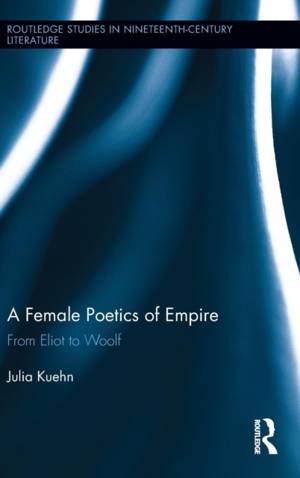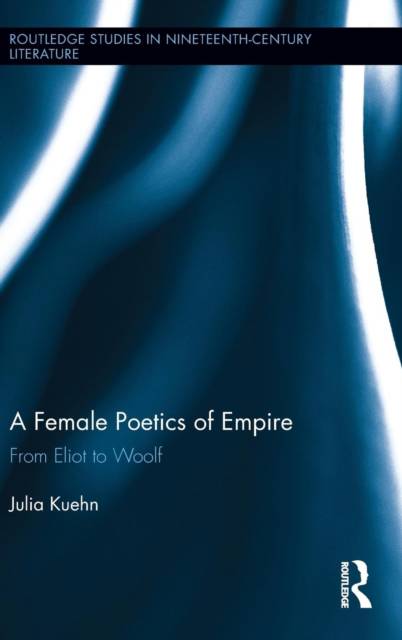
- Retrait gratuit dans votre magasin Club
- 7.000.000 titres dans notre catalogue
- Payer en toute sécurité
- Toujours un magasin près de chez vous
- Retrait gratuit dans votre magasin Club
- 7.000.000 titres dans notre catalogue
- Payer en toute sécurité
- Toujours un magasin près de chez vous
Description
Many well-known male writers produced fictions about colonial spaces and discussed the advantages of realism over romance, and vice versa, in the 'art of fiction' debate of the 1880s; but how did female writers contribute to colonial fiction?
This volume links fictional, non-fictional and pictorial representations of a colonial otherness with the late nineteenth-century artistic concerns about representational conventions and possibilities. The author explores these texts and images through the postcolonial framework of 'exoticism', arguing that the epistemological dilemma of a 'self' encountering an 'other' results in the interrelated predicament to find poetic modalities - mimetic, realistic and documentary on the one hand; romantic, fantastic and picturesque on the other - that befit an 'exotic' representation. Thus women writers did not only participate in the making of colonial fictions but also in the late nineteenth-century artistic debate about the nature of fiction.
This book maps the epistemological concerns of exoticism and of difference - self and other, home and away, familiarity and strangeness - onto the representational modes of realism and romance. The author focuses exclusively on female novelists, travel writers and painters of the turn-of-the-century exotic, and especially on neglected authors of academically under-researched genres such as the bestselling novel and the travelogue.
Spécifications
Parties prenantes
- Auteur(s) :
- Editeur:
Contenu
- Nombre de pages :
- 254
- Langue:
- Anglais
- Collection :
Caractéristiques
- EAN:
- 9780415712415
- Date de parution :
- 23-10-13
- Format:
- Livre relié
- Format numérique:
- Genaaid
- Dimensions :
- 157 mm x 229 mm
- Poids :
- 476 g







